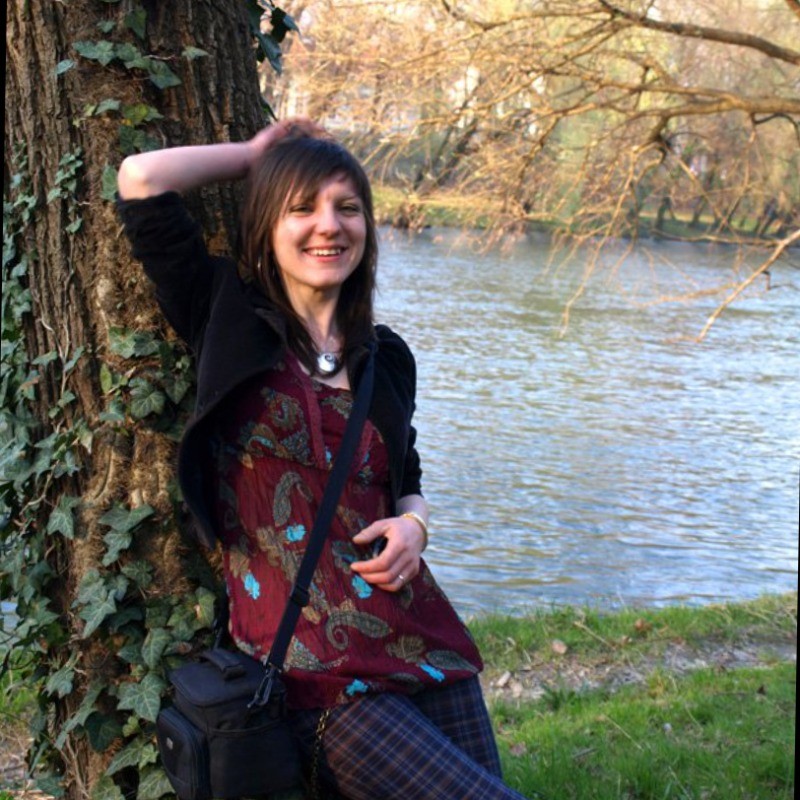Imagine watching a movie where an actor’s face slowly changes into another actor’s face during an action scene or opening a social media app that instantly swaps your face with a celebrity’s in real time. This isn’t science fiction any longer.
AI face swap has reached a point where they completely change the way we make and enjoy digital content. These realistic swaps appear in big-budget films and viral TikTok videos thanks to breakthroughs in artificial intelligence.
This amazing progress marks a major step forward in digital creativity and storytelling. Many artists are now using these techniques to expand traditional narratives and boost online engagement.
In this blog we’re going to explain how AI creates this magic and why it’s so much better than old-school photo editing tools. We’ll show you the unique features of today’s technology while adding examples that help you understand its impact on different fields like filmmaking and digital advertising.
We’ll discuss how various industries are implementing these innovations and address the challenging ethical issues that come with evolving technology. We hope you find this clear and exciting. Let’s dive in!
Creating Realistic Face Swaps
Modern AI doesn’t simply cover one face with another it carefully rebuilds human features with amazing precision. The trick? Sophisticated algorithms that examine every detail from eyebrow movements to how light reflects off skin.
Use of AI Algorithms in Face Swaps
At the heart of this breakthrough are Generative Adversarial Networks (GANs), a type of AI that has two neural networks challenge one another. One network (the generator) produces the face swap. The other network (the discriminator) acts as a critic by finding flaws. Over time the generator learns how to fool even the toughest critics. This results in swaps that merge naturally with photos or videos.
Consider tools like DeepSewapper or SwapMyface. They use GANs to mark facial features, adjust skin tones and even mimic tiny expressions.
For instance, if a person in a video laughs the swapped face naturally changes wrinkles and muscle movements. “The technology doesn’t just copy faces, it’s rebuilding human expressions pixel by pixel,” explains a developer at a top AI lab.
These systems also work with high-resolution content (up to 1080p) and handle swaps in real time. Picture filming a live stream where your face instantly turns into a cartoon character without lag or glitches.
Differences Between AI Face Swaps and Traditional Photo Editing
Old-school face swaps took many hours of manual work in Photoshop. In the past, you had to carefully cut out a face, match colors and blend edges while working with plenty of patience. Even skilled professionals often struggled with lighting differences or awkward angles that made the final result seem off.
Many trial and error attempts were needed to correct small mistakes and every error meant more time spent fixing details. This slow, meticulous process demanded precision and long hours in front of the screen.
Despite the challenges, editors learned valuable skills through these painstaking efforts. Now technology has changed the game. AI flips the script and makes the work much faster and simpler while still keeping high quality in the final image.
AI tools now completely automate the entire process. You simply upload a selfie and the smart algorithm detects 80 facial points, adjusts shadows to match the background and even creates realistic skin textures.
The technology uses advanced learning methods to grasp the minute details of your face. This means the final image looks far more natural than what manual editing could achieve.
For instance, FaceApp can change a daytime photo into a nighttime scene and ensure the facial lighting fits perfectly with the new setting. The whole process is quick and reliable and saves editors a lot of effort.
But the biggest advantage is consistency. Traditional editing techniques might produce a flawless image in one photo but break down when applied to many video frames.
Manual edits often lose quality when subjects move or change angle, resulting in mismatched results. AI, however, maintains uniformity across hundreds of frames by automatically adapting to changes in movement and angle.
This consistent performance keeps every frame smooth and realistic. One viral deepfake of Tom Cruise dancing on TikTok amazed viewers and had millions wondering if it was real because the video stayed perfectly uniform.
This breakthrough has transformed digital editing, making it easier to achieve a natural look throughout both photos and videos.
Applications in Entertainment and Marketing
AI face swaps aren’t just neat tricks, they are changing many industries dramatically and quickly. This new technology is steadily becoming a key tool across various fields.
Impact on the Entertainment Industry
Hollywood has embraced AI to lower costs and boost creativity. For The Mandalorian, producers used face swaps to make Mark Hamill look younger for his cameo as Luke Skywalker.
Streaming platforms like Netflix are trying out custom avatars that let you see yourself as a character in your favorite show. These techniques help cut expenses and give artists fresh ways to tell stories. Studios are noticing that face swaps can save production time and offer more visual options.
Gaming hasn’t been left out either. Games like NBA 2K scan players’ faces into the game while indie developers design RPGs where your selfie becomes the hero. This personal touch makes the gaming experience feel more unique and engaging.
In marketing, companies like Coca-Cola have started campaigns where customers can swap faces with polar bears in AR ads. Beauty brands use apps like Perfect Corp to let you try on makeup online.
Meanwhile, TikTok’s popular filters using AI face swaps have opened new doors for influencer deals. These innovations are drawing attention from audiences worldwide.
The Future of AI Face Swap Technology
What’s next? Face swaps are expected to get even more realistic. Experts say there will soon be new tools that not only adjust facial heat signatures but also mimic voice patterns to match swapped faces.
Developers are using artificial intelligence to create digital demos that look and sound like real people in immersive virtual spaces. This progress will likely bring improved graphics, better sound accuracy and user-friendly features that make virtual interaction more engaging and fun.
Such improvements could transform digital media, social experiences and business interactions in unexpected, remarkably positive ways.
But with great power comes responsibility. New laws are now emerging to fight deepfake misuse and California has already required labels on AI-generated political ads. Meanwhile, detection technology is rapidly improving.
Governments and tech companies are joining forces to set strict guidelines and to protect personal data while balancing innovation. These safeguards are critical as the technology grows and becomes available to many users.
The race between those who create deepfakes and those who develop countermeasures is heating up and both sides are investing in research and development to push their limits.
Many believe that this interplay will continue for years as technology evolves and world leaders work together on oversight issues. These ongoing challenges demand new strategies and deeper ethical oversight.
Conclusion
AI has changed face swapping from a fun trick into a powerful and transformative tool. It’s now altering the way film, marketing and other creative fields work while also urging us to protect truth in our digital world.
This new trend opens up exciting ways to tell stories and promote ideas, but it also forces us to think hard about honesty and trust online. Whether you’re a creator, a viewer or someone who studies these changes, one thing is clear.
The boundary between what’s real and what’s synthetic gets less obvious every day. Keep exploring and remain curious. Don’t stop being critical because your face just might become the next major feature in AI, sparking fresh innovation in technology and culture.





